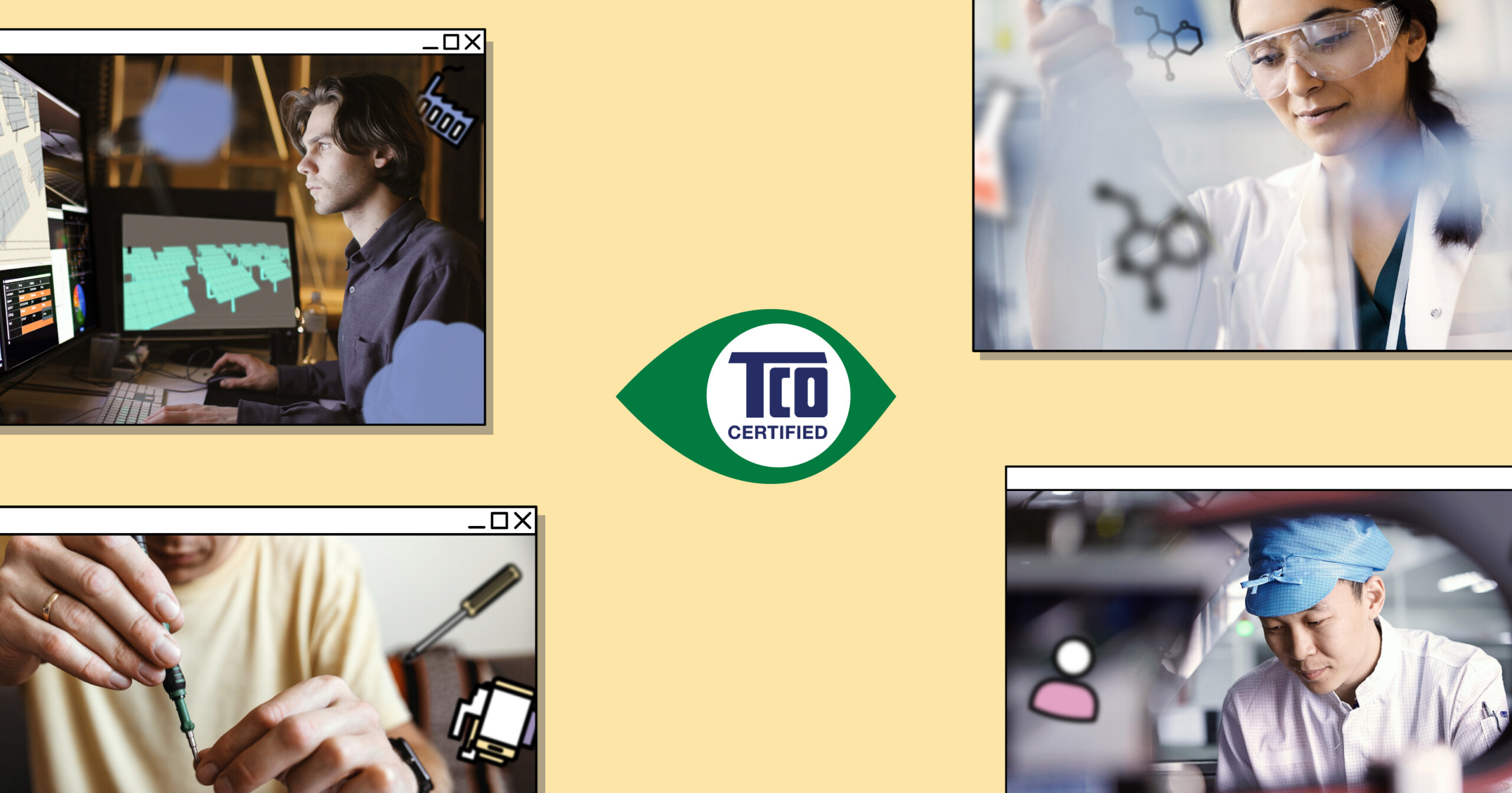Recognizing that rapid consumption and e-waste pose significant threats to our planet, a CEO made the decision to continue using his notebook computer as long as he possibly could. 2023 marks a 10-year anniversary for the notebook, and it is still in use. Here are four strategies that the Circular Electronics Initiative would like to highlight to keep your computer alive this long. To help save the world.
In today’s linear economy, we take virgin natural resources to manufacture products, which often have a short lifespan before they are discarded. This leads to a number of serious sustainability issues, affecting human health and the environment. The Circular Electronics Initiative is a network of 28 organizations that collaborate with the aim of promoting a more sustainable use of IT products among politicians, companies, and the public.
Valuable natural resources are depleted, and toxic e-waste is accumulating at the record rate of 50 million metric tonnes every year. This equals the weight of nearly 4,500 Eiffel towers or 8.3 Pyramids of Giza. Adding to the problem, e-waste is often handled in unsafe ways, leading to human health problems and environmental degradation.
In many cases, at least when it comes to electronics, the single most important thing you can do is to find ways to use existing products longer. To put it in perspective, let us look at notebook computers, where more than 80 percent of the total sustainability impact comes from the manufacturing phase.
Sören Enholm, CEO of TCO Development, the organization behind the global sustainability certification for IT products, TCO Certified, and one of the members of the Circular Electronics Initiative, is still hanging on to his 10-year-old notebook.
– It was my ambition when I got the notebook ten years ago, to keep it for many years. I have taken good care of it. The only thing I have replaced is the battery. And I’m going to keep using the notebook until it doesn’t work anymore. It will probably be when Windows 10 is no longer supported because Windows 11 does not work with old hardware, says Sören Enholm.
– The EU average for circular material use for electrical and electronic equipment is around 40 percent, falling short of the EU goal of 65 percent from 2019 onwards. Every country has different prerequisites, but lots of more work is needed regardless, says Sophie Charpentier, Project manager (PhD), Chalmers Industriteknik.
– For a more sustainable approach to electronic goods we need to choose IT products that are made for a long life, use each product for a few more years, and finally resell used products for reconditioning and reuse. Also, when a company or an organization welcomes a new employee, they should ask if he or she has a computer or phone that the company can buy or rent, thus avoiding two smartphones per person, for example, says Sophie Charpentier.
Below are four strategies for using electronics more sustainably:
1. Choose products that are made for a long life
If you need a new product, choose high-performance, durable, repairable and upgradeable products with enough capacity to cover your needs for a long time. An easy way to do this is to look for products that carry a credible sustainability certification.
2. Re-use products already in use
People often have dual sets of products, with computers and smartphones both at home and at work. If the employee already has a private smartphone that he/she wants to use also for work, the organization can consider buying or renting that smartphone from the employee, and thus avoiding unnecessary purchase of new products.
3. Use the products for a few more years
A notebook generates about 300 kg of greenhouse gas emissions during its lifetime, of which the manufacturing phase in most cases accounts for more than 80 percent. To reduce emissions, the most important thing you can do is to use each product for a few more years. From this perspective, buying a refurbished or remanufactured product is a more sustainable choice.
4. Resell your used electronics for reconditioning and reuse
Become a part of the circular economy by selling your electronic products to a refurbishment or remanufacturing firm. Once reconditioning options have been considered and the product has reached the end of its usable life, it should be handed over to a recycling facility where it is handled responsibly.
If you want more information, or if you are a journalist looking to get in touch with experts on circularity and electronics, please contact the Circular Electronics Initiative through Adam Bergsveen, project coordinator.
E-mail: adam.bergsveen@circularelectronicsinitiative.com
Phone: +46 70 452 38 97
Together toward sustainable IT
TCO Certified is the global sustainability certification for IT products, empowering both IT buyers and brands to make more responsible choices. Our comprehensive criteria are designed to drive social and environmental responsibility and are updated continuously to push sustainability where it matters most. Compliance with all criteria is always independently verified for every product. Our Roadmap for Sustainable IT is the long-term plan for addressing issues in four key areas: climate, substances, circularity and supply chain. By using TCO Certified, you join a global movement for sustainable IT.
Contact
Dennis Svärd, Global PR Manager
dennis.svard@tcodevelopment.com
Mobile: +46 (0) 704 804 094




